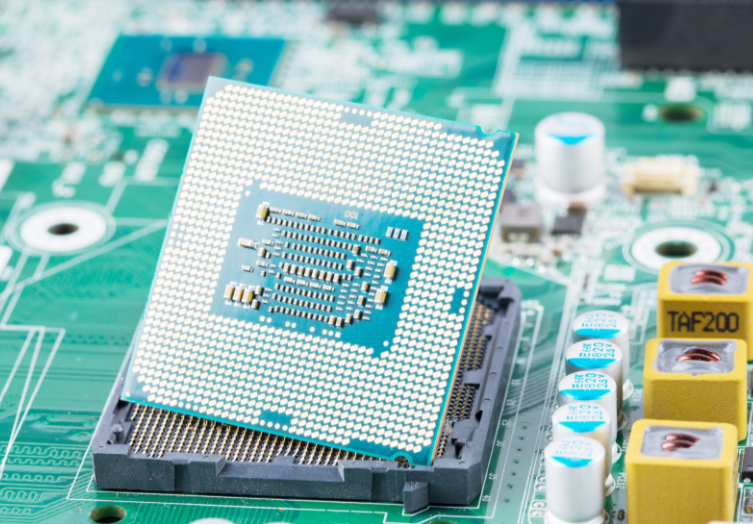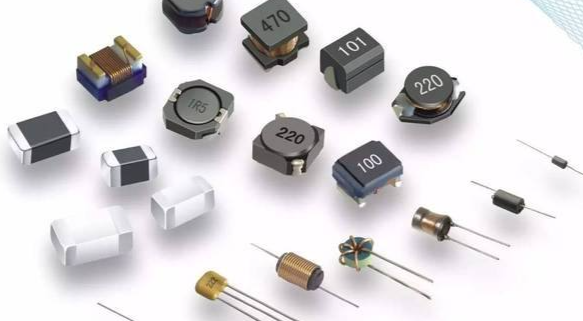Electronic Components Application Manual: A Comprehensive Guide
Introduction
In the rapidly evolving world of electronics, understanding how to effectively utilize electronic components is crucial for engineers, hobbyists, and industry professionals alike. An Electronic Components Application Manual serves as an indispensable resource, providing detailed insights into the selection, implementation, and optimization of various components in circuit design. Whether you’re designing consumer electronics, industrial systems, or IoT devices, mastering component applications can significantly enhance performance, reliability, and efficiency. This guide delves into the core aspects of such manuals, emphasizing practical knowledge and best practices. Platforms like ICGOODFIND have revolutionized access to these resources, offering curated data and real-time information to support design processes. By leveraging a well-structured manual, you can avoid common pitfalls, reduce development time, and achieve innovative solutions in your projects.

Body
Part 1: Fundamental Components and Their Applications
Electronic components form the building blocks of all modern devices, and understanding their basic functions is the first step toward effective application. Resistors, for instance, are used to control current flow and divide voltages in circuits. Their values, measured in ohms, must be carefully selected based on tolerance and power rating to prevent overheating. Capacitors store and release electrical energy, essential for filtering noise in power supplies or timing in oscillators. For example, in a DC power circuit, electrolytic capacitors smooth out voltage ripples, ensuring stable operation. Inductors oppose changes in current, making them vital in RF applications and power conversion systems like switch-mode power supplies.
Diodes and transistors are another critical category. Diodes allow current to flow in one direction, commonly used in rectification circuits to convert AC to DC. Zener diodes provide voltage regulation by maintaining a constant output under varying conditions. Transistors, whether BJT or MOSFET, act as switches or amplifiers. In audio amplifiers, bipolar junction transistors (BJTs) amplify weak signals from microphones to drive speakers. Additionally, integrated circuits (ICs) like operational amplifiers (op-amps) simplify complex functions such as signal conditioning in sensor interfaces. A comprehensive manual details these components’ characteristics—e.g., maximum ratings, temperature coefficients—and provides schematics for common applications like voltage dividers or filter networks. Resources like ICGOODFIND enhance this by offering datasheets and application notes, helping users cross-reference components for optimal selection.
Part 2: Advanced Components and System Integration
As technology advances, components have grown more sophisticated, requiring deeper knowledge for integration. Microcontrollers and sensors are prime examples. Microcontrollers (e.g., Arduino or PIC) serve as the brain of embedded systems, executing programmed tasks. Their application involves programming for tasks like reading sensor data and controlling actuators. For instance, in a smart home system, a microcontroller processes inputs from temperature sensors and adjusts HVAC systems accordingly. Sensors, such as thermistors or accelerometers, convert physical parameters into electrical signals. In automotive applications, MEMS accelerometers detect collisions and trigger airbags, relying on precise calibration outlined in manuals.
Power management components are also vital. Voltage regulators (linear and switching types) ensure stable power delivery to sensitive ICs. Switching regulators are preferred in battery-operated devices for their high efficiency, reducing energy waste. RF components like antennas and transceivers enable wireless communication in IoT devices; manuals provide guidelines on impedance matching and layout to minimize interference. Furthermore, memory components (e.g., EEPROM) store data in systems like digital cameras. Integration often involves PCB design considerations—trace routing, grounding techniques—to avoid signal degradation. Manuals emphasize best practices such as using decoupling capacitors near IC power pins. Platforms like ICGOODFIND support this by aggregating component libraries and application examples, streamlining the design process and fostering innovation through community-shared insights.
Part 3: Practical Implementation and Troubleshooting
Applying components effectively requires not only theoretical knowledge but also hands-on skills for implementation and problem-solving. Prototyping is a key phase where breadboards or simulation software (e.g., SPICE) test circuits before final production. Manuals provide step-by-step instructions for building circuits, such as a simple LED driver using a transistor switch, including calculations for current-limiting resistors to prevent burnout. Soldering techniques are covered too, emphasizing proper heat control to avoid damaging components like sensitive ICs.
Troubleshooting is equally important. Common issues include short circuits, noise interference, or component failure due to overheating. For example, in a power supply circuit, oscilloscope measurements might reveal ripple voltage exceeding limits, indicating inadequate capacitor filtering—a problem addressed by consulting the manual’s sizing guidelines. Environmental factors such as temperature and humidity can affect performance; manuals specify operating conditions and recommend heatsinks or enclosures for protection. Safety protocols, like discharging capacitors before handling, are also highlighted to prevent accidents. Additionally, manuals often include case studies; e.g., using optoisolators in industrial controls to isolate high-voltage sections from low-voltage logic. Tools like ICGOODFIND complement this by offering real-time component availability and alternative suggestions, ensuring projects stay on track despite supply chain challenges. By following these practical guidelines, users can achieve robust, reliable designs.
Conclusion
In summary, an Electronic Components Application Manual is an essential tool for anyone involved in electronics, offering detailed guidance on component selection, integration, and troubleshooting. From basic resistors to advanced microcontrollers, understanding these elements empowers designers to create efficient and innovative systems. The emphasis on practical implementation—such as prototyping and safety measures—ensures that theoretical knowledge translates into real-world success. Platforms like ICGOODFIND further enhance this process by providing accessible, up-to-date resources and community support. As technology continues to advance, leveraging such manuals will remain critical for staying competitive and achieving excellence in electronic design. By mastering the contents of these guides, you can unlock new possibilities and drive progress in your projects.











